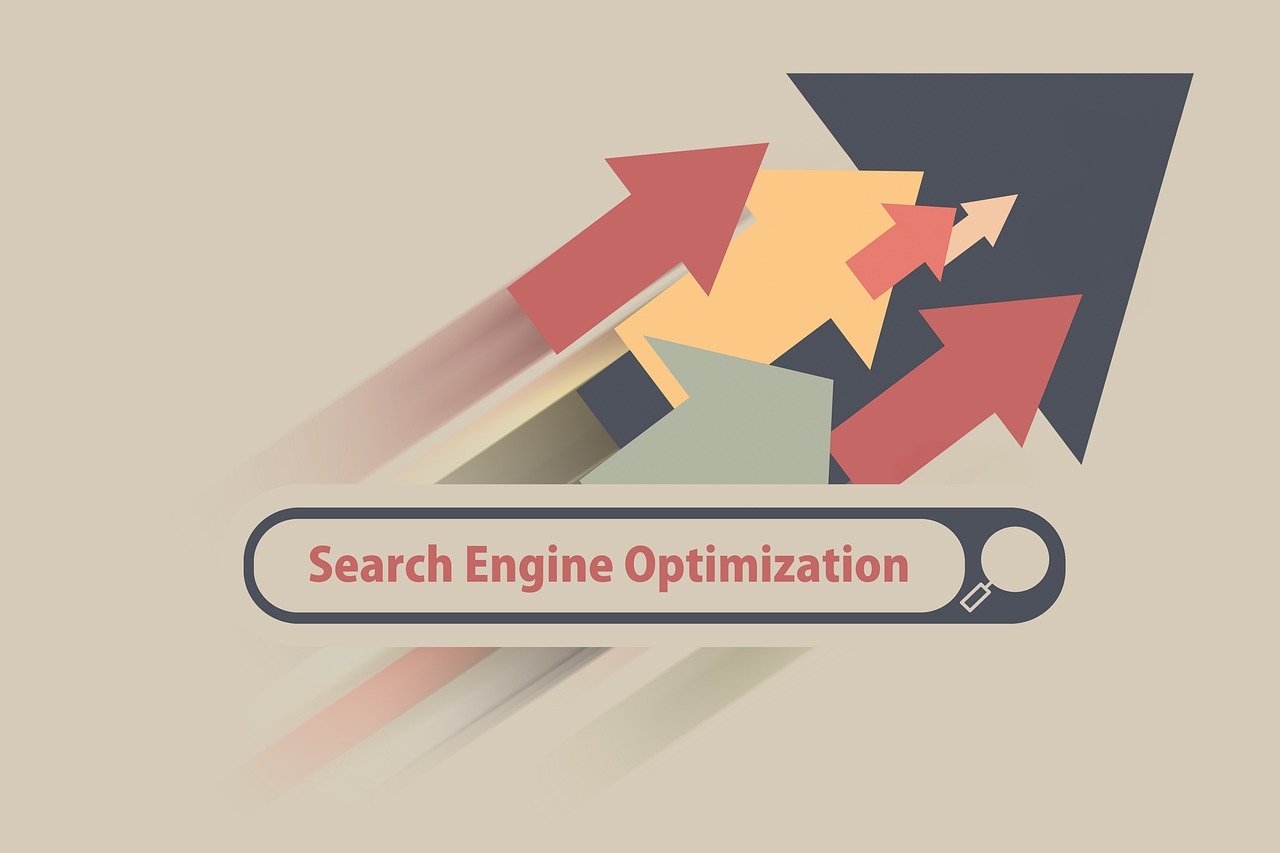Blogs are a great tool to optimize content for search engines and have spiders find your site as part of your SEO marketing. Having a blog on your website that gets you results involves taking the time to write high quality content or paying for a copywriter. Just make sure that you implement the strategies that have the goal of obtaining natural targeted organic traffic.
A Word About JavaScript
We’ve spoken on this blog about Flash and how unfriendly it is to Search Engines: Be very sparing with your Java use, also. Scripts are not Search Engine friendly. The very best way to optimize your site is to stick to well-validating, clean HTML and CSS.
You will most likely want to include your Google Analytics code, however – and this is JavaScript. My experience has been, if you put it at the bottom of your page immediately before your final body tags, it doesn’t adversely affect your rankings. (Probably because that script was originated by Google itself!)
JavaScript at the top of a page can be another matter altogether. Think about this, before you drop in that handy little script for navigation buttons with mouse overs (the same effect can be created using CSS. If you don’t know how to do it, hire a web designer – even if it’s just for the navigation buttons alone – or take the time to learn CSS.)
Optimizing Your Blog for Targeted Organic Traffic
If you’ve wisely decided use a WordPress blog for your website, optimizing your blog for targeted organic traffic becomes even easier – thanks to “install-with-one-click” plug-ins like All In One SEO and XML Sitemap. (If you use All In One SEO it comes with the site map so you don’t need the additional plugin.)
One reason Google loves blogs so much: The content is set up to change frequently, as you make new posts.
“Fresh content” is way up near the pinnacle of Google’s SEO criteria.
The other reason to use a Blog format?
They’re easy and “user friendly” to manage – think of it: instant posts, cut-and-pasted right from Notepad!
No coding to learn or input, every time you want to make some small change.
Robot Baiting for Targeted Organic Traffic
No, this doesn’t refer to some sneaky “Black Hat” tactic, but to a simple way to open the door and lavishly invite Search Bots into your site.
I’m talking about that little Meta tag in our example on the previous post, which says:

I’m singling this particular Meta tag out because there’s absolutely no point having that particular tag unless you also provide the Search Bots with the “robots.txt” file they’ll need to complete this command.
To do this, copy-paste the following text into Notepad, and save it as “robots.txt”. Then use your FTP program to upload your new robots.txt file into your static website’s root directory (within “public html”).
If you are using the All In One SEO plugin then go to the tools section and the text should be there. If you are not using this plugin, then you can install a robots.txt plugin onto your WordPress website.

Page Rank And Content
While utilizing all these other good SEO practices for spiders to find your site in your SEO marketing, don’t neglect your content for targeted organic traffic.
The best way to make sure you have highly targeted, dynamic content that will grab both your niche followers (and Google’s Search Bots and editors) is to pre-plan your content, in its entirety. Make sure it is of high interest to your niche, and don’t use regurgitated ideas. Always try to give your target market at least one unique “gem” on every page that they couldn’t find anywhere else.
Moz SEO lists the 5 main ingredients that contribute to top page rank for targeted organic traffic:
- Title Tags containing primary key phrases
- Anchor text (external links, keyword-based)
- Number and quality of inbound links
- Link variety (from totally unique domains, servers, hosts, countries)
- Domain “trust” – you’ll soon earn this with your reliable, high value site
Use as well the top 10 ranking URLs in Google, Yahoo and MSN as references to extract the most common phrases you might not have thought of on your own (use the Google Adwords Tool.)
The same can be done with articles on your niche theme from other authority sites like Hub Pages and Article Cube. “Weak” pages will drag your other pages down, so it’s vital to make sure that every page on your site is properly optimized – and tightly relevant to each other.
All pages together should support your central “theme”. (And “theme” is one buzzword vital to Google’s new “rules” that you actually don’t hear half as much as you should, right now, in internet marketing circles.)
One trick before writing your content
1) Go to Hub Pages and search for articles with what you’ve tentatively picked as your primary key phrase.
2) Once you find a high-value article that speaks to your market, look below the article. One of the lists there will be for “Top Articles” in that subject.
3) Read them. Study them. Find out what key phrases they’re using (You can usually tell, because the key phrase should be in both the Title and the first paragraph.)
4) Look for other phrases in the articles to give you further research ideas or keyword “cues”.
(Yes, this process is similar to “reverse-engineering”, where you take a thing apart to find out how it was put together.)
Do not copy even 3 words together out of these articles. This is just to give you a feel of what’s being done for your niche, what keywords are working – think of it as a place to start your own keyword and subject research.
You will get better and better at doing this for targeted organic traffic, especially if article marketing is a large part of your SEO campaign (and it really should be!)
And don’t forget – your web pages are eventually going to be checked by a real, flesh-and-blood editor – particularly if you’re also planning to submit your site to the Curlie Directory. When all is said and done, unsexy as it may be, original, valuable, relevant, unique content is still your best ally, in your steady climb towards permanent strong page rankings.








Leave a Reply